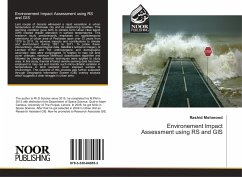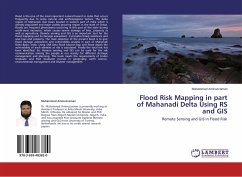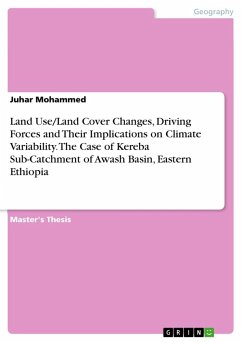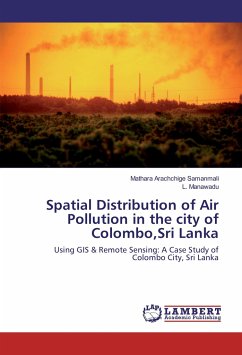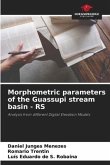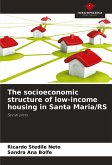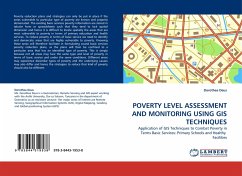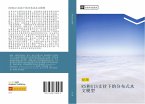Last couple of decade witnessed a rapid escalation in urban temperature of Peshawar city and its neighboring localities. This alarming condition gave birth to climatic term Urban Heat Island (UHI) created drastic alteration in surface temperatures. This research study predominantly emphases on spatiotemporal extensions of urban area of Peshawar span over 33 years from 1978 to 2011; its adverse impacts and contributions to climate and environment during 1931 to 2011. To probe these interventions, meteorological data, Satellite's temporal imagery of Landsat ETM+ and TM, anthropogenic and demographic secondary data were congregated. In relation to map out land cover changes, maximum likelihood classification algorithm and followed by change detection techniques were applied to study area. In this study, thermal infrared remote sensing data has been employed to map out and monitor such micro-climatic variation in temperatures in land use/land cover exposed surface to environment. Theoutcome of this process was further subjected through Geographic Information System (GIS) overlay analysis which suggests a clear straggle in urban area.
Bitte wählen Sie Ihr Anliegen aus.
Rechnungen
Retourenschein anfordern
Bestellstatus
Storno

